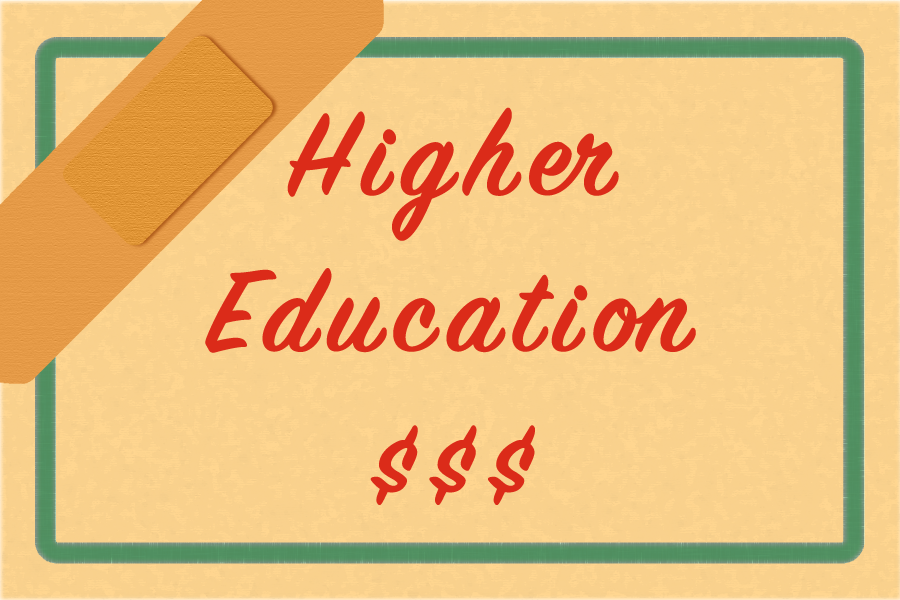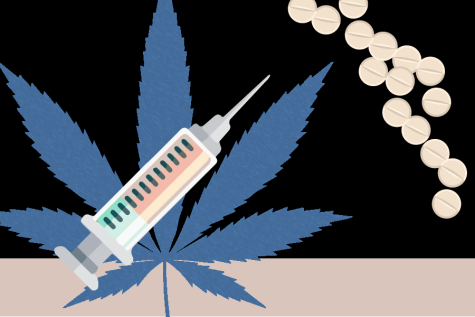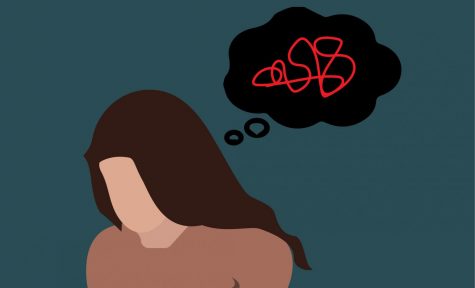Editorial: Biden-Harris Administration’s debt relief is an insufficient solution
The Biden-Harris Administration’s relief plan for student debt is an insufficient solution for the bigger problem: the cost of higher education.
On Aug. 28, President Joe Biden announced his plan to start relieving student debt, impacting both current and graduated students. One month later, on Sept. 29, the process has finally gone into motion.
The initial plan included $10,000 relief for those who have not been awarded a Pell Grant and $20,000 to those who have. The Pell Grant is already targeted towards low to middle income families, which is why those recipients will receive the most debt forgiveness. Biden also announced that the 10% of income payment requirement for undergraduate loans would soon be dropped to only 5% per month.
However, NPR reported on Sept. 30 that the administration modified the language. It now says people who have federal student loans from outside the Education Department do not qualify for debt forgiveness, unless they had consolidated them prior to Sept. 29. An estimated 800,000 people are now excluded from receiving debt forgiveness.
According to The Washington Post, one-third of all student debt in the United States is held by people under the age of 30. For some, this news was a weight off their shoulders; a gift that could help them regain control of their lives and finances. For others, this amount is merely a starting point.
While up to $20,000 could wipe one student’s loans completely, there are many other students who possess a balance of much more. This is especially true for those who continue on past an undergraduate degree. In fact, the average debt for those who have received a masters degree is $71,000. The lack of a limit for post-undergraduate loans is one reason why this number is so high.
At Baker University, the average loan debt is $7,354 per year. Since private institutions are historically much more expensive than public ones, that is $1,852 more than the average student borrows their freshman year. If the same amount is borrowed for each of the typical four years, the total amount of loans equals to $29,416 owed. While Baker offers many opportunities for financial support, lack of outside scholarships and parental help may increase this price tag even more.
Additionally, Jay Zagorskya, a professor of markets and public policy at Boston University, said he “can see a future where institutions offer students fewer grants” if schools sense that debt forgiveness will become a common theme.
But even if the Biden Administration’s debt relief does help eat away at some of the loans, the rise of inflation can make it feel impossible to ever fully catch up. College tuition has always been on the rise and does not seem to be slowing down anytime soon. Since 2010, tuition for non-profit institutions has increased by 35% and since 1963, tuition has increased by 747.8% for all college campuses.
Biden’s relief plan is an insufficient solution to the bigger problem: the cost of higher education.
Massachusetts Representative Ayanna Pressley originally fought for more debt relief to a wider range of American citizens. Pressley presented the idea of canceling $50,000 to the Biden Administration, claiming that it would provide relief to millions while also boosting the economy and closing the gender and racial wealth gap. This relief would go towards those who are post-grad and weighed down by the burden of their debt. She also fought for the younger generation who simply fear the future because of it.
According to Pressley, more than 45 million people in America are crushed by the growing weight of the $1.7 trillion student debt crisis. The price of higher education is weighing down our youth. Biden’s relief plan is a good starting point, but it is not enough.
As of Sept. 29, there are six state attorney generals including those from Kansas and Missouri who are actively fighting against this plan. The same day was when the Biden-Harris Administration discreetly changed the qualifications.
Students, past and present, thought they saw a glimmer of hope and an end to their debt. But, we are once again left disappointed by those who claimed to be looking out for our future.
The relief can be granted through an application process and is set to open early October. If you qualify, sign up to receive that notification here: https://www.ed.gov/subscriptions

Rebekah Nelson is a senior from Newton, Kans, majoring in mass media and minoring in studio art. She works as the multimedia editor for The Baker Orange...

Maria Gutierrez is a senior from Salina, Kan. She is a mass media major and a part of the Alpha Chi Omega sorority. In her spare time, she enjoys writing,...















